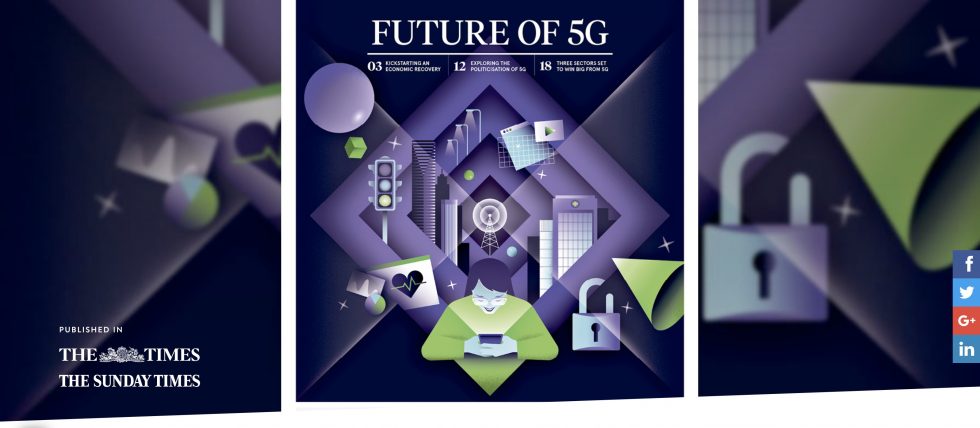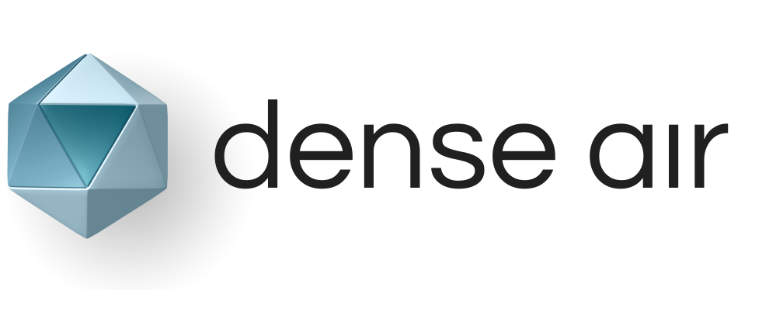THE BIG AND THE SMALL OF DENSIFIED MOBILE NETWORKS

Our CEO Paul Senior, features in The Times ‘Future of 5G’ special report, explaining how big data is being used to inform the placement of small cells for densified 5G networks.
Where will 5G have the biggest impact in your everyday life? From healthcare to retail, it is set to cause disruption. Our Future of 5G special report, published in The Times, explores how 5G could help kickstart the economy post-pandemic, the politicisation of 5G, the forced removal of Huawei, and more. The featured infographic looks at a 5G world and which countries are leading the way – View Full Report Here
With 28 per cent of UK and Ireland consumers enduring poor indoor 4G coverage, it’s imperative that 5G’s rollout doesn’t suffer the same fate. The key to ensuring that lies in network densification.
Mobile operators are starting to use higher and higher frequencies to roll out the features and benefits of 5G to its users. However, in doing so there are now more and more areas where those existing macro cell sites won’t illuminate.
Solving this particular puzzle isn’t traditionally in the repertoire of those operators responsible for its rollout. So, since 2017, Dense Air – a UK-based, multinational operator – has sought to provide that missing piece of the jigsaw, helping to penetrate and reach congested or disparate areas economically.
“Our methodology revolves around an alternative method by using very low powered small cells. Dense Air deploys small cells closer to users, allowing a densification of the network for mobile operators.”
Explains Paul Senior, CEO Dense Air
Having spent the past three years optimising big data around network shortfalls and acquiring spectrum assets to run its services, Dense Air is now gaining traction across Ireland, Belgium, Portugal, Australia and, in particular, New Zealand.
“New Zealand is the perfect example of both contrasting issues we’re looking to mitigate,” says Senior. “In places like Auckland with high footfall, lots of businesses and built-up areas, smaller cells, whether they’re plug-and-play solutions or street-furniture installations, penetrate effectively. While, in the many remote areas of the country, we can ensure network coverage by solving the proximity problem.”
Paul Senior, CEO Dense Air
Having the flexibility to enhance network reach or capacity in those places that are most in demand will be essential to converting 5G’s potential.
This idea has taken on extra significance in 2020, however, with in-demand areas broadening through the rise of remote working during the pandemic and possibly beyond.
“Suddenly, with the ‘new normal’ of remote working, mobile coverage is much more than just a nice thing to have,” says Senior. “We’re now facilitating people being able to work or stay in business in a lot of cases.”
The idea of having holes or weak spots in the mobile network has subsequently transformed from being a nuisance to a serious issue and mobile operators are realising that user unrest is likely to build as a result.
“Part of our mission is to educate people about network quality and how that applies to their day-to-day lives. They have a right to understand what they’re paying for,” Senior explains. “To this end, we are about to release a suite of tools, including an app which would allow people to score their own network coverage.”
In theory, by empowering users to qualify their service, and by providing operators with the toolsets and solutions to make improvements in an economical way, Dense Air can help operators avoid being exposed to network shortfalls. Although already prevalent in present 4G networks, 5G won’t be so forgiving.
“It’s a bit of a vicious cycle,” Senior concedes, “but operators will also have access to that data. By giving them the tools to target improvements using cell densification we can help to accelerate 5G rollout and user adoption.”
The prospect of 5G is an exciting one, but an improved user experience hinges on faster speeds and lower latency, two facets that are almost impossible to achieve with the current, disparate network footprint.

“Our vision isn’t explicitly to make sure coverage is the same everywhere, but to ensure there is transparency, so users in both urban and rural areas, businesses and high-footfall facilities better understand their coverage, and that there is a fast and economical way to improve it,” Senior concludes.
“As we enter a world where many are forced to work in different ways, and people have more agility around where they choose to live, network densification is a necessary facilitator of 5G’s role and impact.”https://www.raconteur.net/sponsored/the-big-and-the-small-of-densified-mobile-networks
